Introduction:
Hey there! Today, I'm excited to share my experience with you as I delve into the world of pen plotting. I have always wanted to try one of these! I will tell you right now that I am a complete novice. I have only seen these in videos and as much as I was excited to try one, I have done very little research prior to choosing this one. Just know as you read along, this is coming from the standpoint of a complete noob to pen plotting. So, why did I pick this one you may be thinking. The iDraw 2.0 A3 caught my attention with its promise of precision, speed, and most importantly PRICE.
Here are some of the specs. This pen plotter boasts an ample drawing area of A3 size (11.7 x 16.5 inches), providing plenty of space for larger-scale designs and artwork. The iDraw 2.0 A3 is equipped with advanced stepper motors, ensuring precise movement and accuracy, which is essential for intricate and detailed projects. Uuna Tek also says that the iDraw 2.0 is 200% faster than the Axidraw. I have never tried the Axidraw, so I just have to take their word for it.
Let’s jump right in!
 RogueT3K
RogueT3K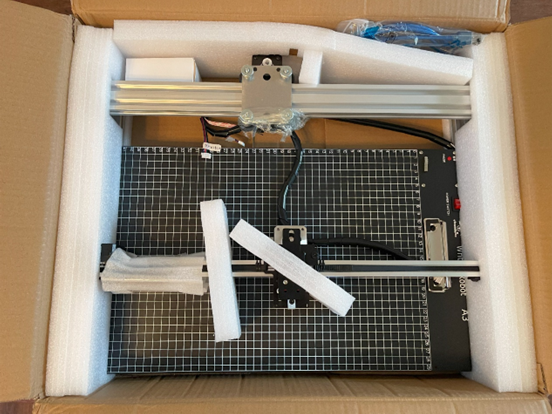
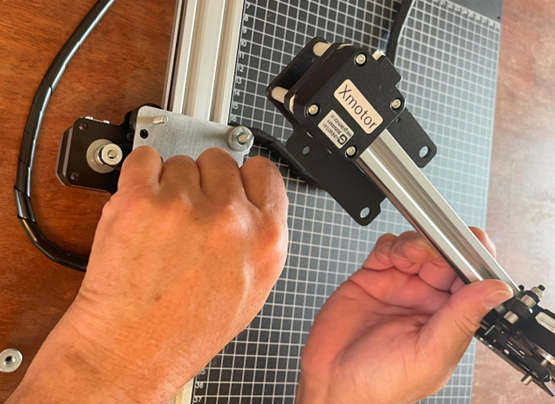
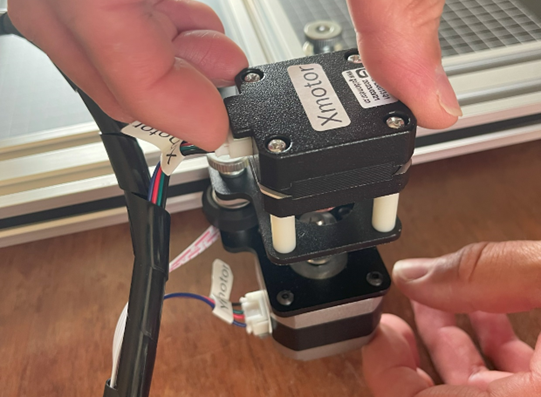
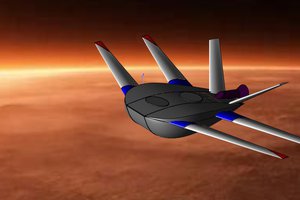
 starlord
starlord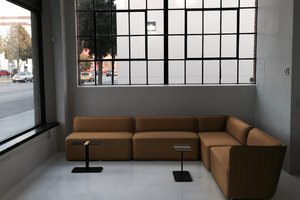
 Supplyframe DesignLab
Supplyframe DesignLab
